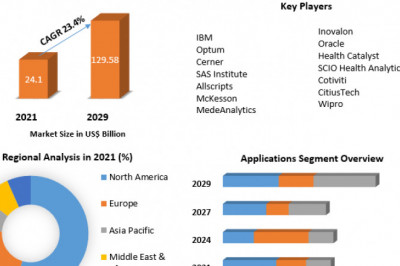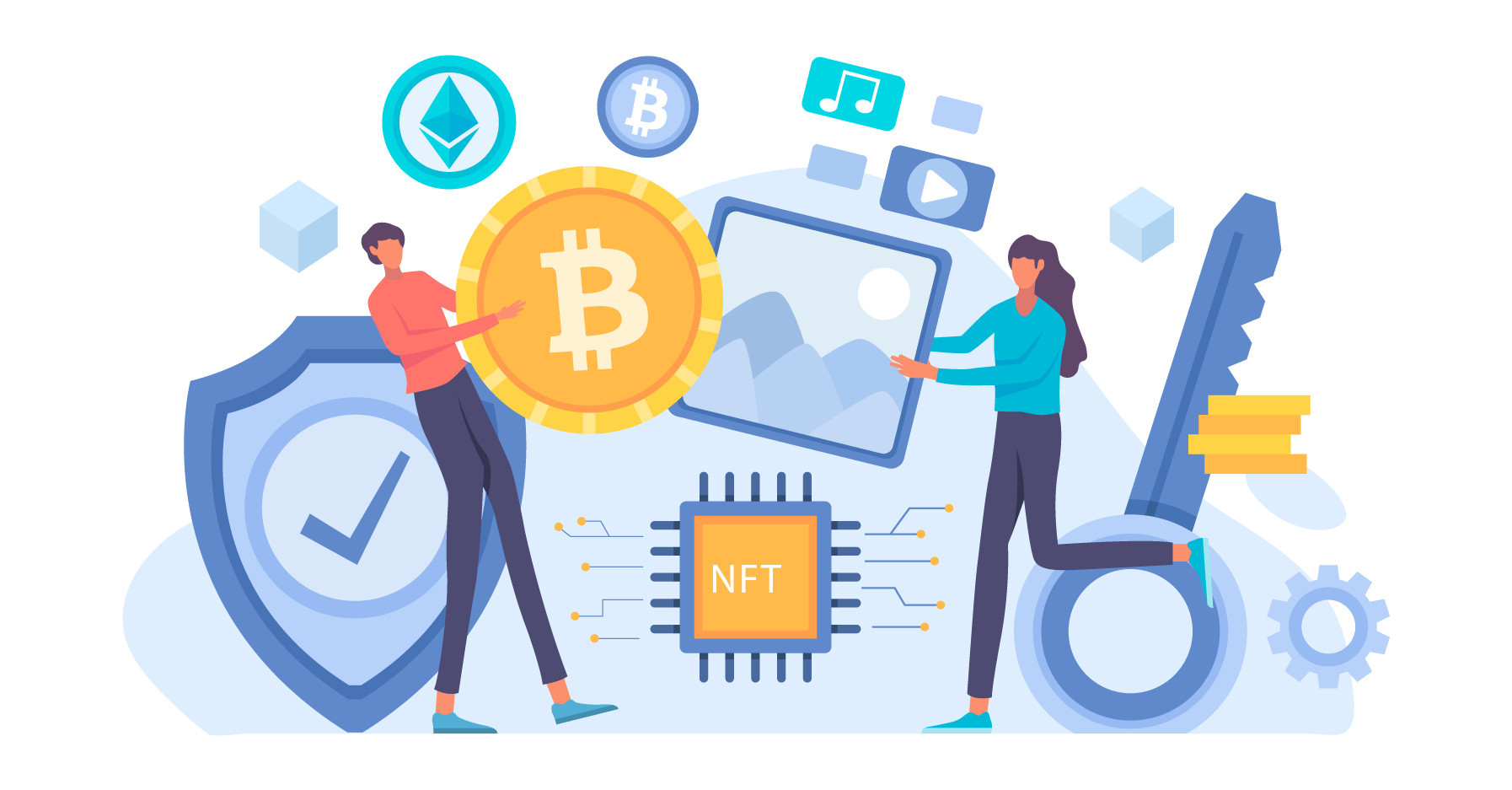views
Recent ransomware attack news has dominated cybersecurity alerts across industries, with organizations losing millions of dollars and sensitive data falling into criminal hands. These attacks aren't just isolated incidents—they represent a growing threat that every business must prepare for.
From healthcare systems going offline to manufacturing plants halting production, ransomware continues to evolve and target businesses of all sizes. The question isn't whether your organization might face a ransomware attack, but when and how prepared you'll be to respond.
This post examines the latest ransomware developments and breaks down five essential lessons that can help protect your business from becoming the next victim.
The Current Ransomware Landscape
Ransomware attacks have surged dramatically over the past year. Cybercriminals are becoming more sophisticated, targeting critical infrastructure, healthcare facilities, and small businesses with equal determination.
The shift toward remote work has expanded attack surfaces, giving criminals more entry points than ever before. Many organizations rushed to implement remote access solutions without proper security measures, creating vulnerabilities that attackers eagerly exploit.
Types of Ransomware Attacks
Double Extortion Attacks: Criminals encrypt your data and threaten to release it publicly if you don't pay. This puts additional pressure on victims by threatening their reputation and regulatory compliance.
Supply Chain Attacks: Hackers target software vendors or service providers to reach multiple victims simultaneously. A single compromised vendor can affect hundreds of downstream businesses.
Ransomware-as-a-Service (RaaS): Criminal groups now offer ransomware tools to other attackers, lowering the barrier to entry and increasing attack frequency.
Lesson 1: Backup Systems Must Be Bulletproof
Traditional backup strategies often fail during ransomware attack news because criminals specifically target backup systems. They know that organizations with accessible backups are less likely to pay ransoms.
Modern ransomware groups spend time mapping your network before striking. They identify and corrupt backup systems, making recovery impossible through conventional means.
Building Resilient Backup Systems
Follow the 3-2-1 Rule: Maintain three copies of critical data, store them on two different media types, and keep one copy offline.
Test Recovery Regularly: Schedule quarterly recovery tests to ensure your backups actually work when needed. Many organizations discover corrupted backups only after an attack occurs.
Implement Immutable Backups: Use backup solutions that create unchangeable copies of your data. These systems prevent ransomware from modifying or deleting backup files.
Air-Gap Critical Backups: Maintain at least one backup copy that's completely disconnected from your network. This ensures you have clean data even if attackers penetrate your entire system.
Lesson 2: Employee Training Goes Beyond Phishing
Most ransomware attacks begin with human error, but the problem extends far beyond clicking malicious email links. Employees need comprehensive cybersecurity awareness that covers multiple attack vectors.
Social engineering attacks have become incredibly sophisticated. Criminals research their targets extensively, crafting personalized messages that appear legitimate even to security-conscious employees.
Comprehensive Security Training Programs
Scenario-Based Training: Use realistic attack simulations that mirror current threat tactics. Generic phishing tests don't prepare employees for sophisticated social engineering attempts.
Regular Security Updates: Brief employees on emerging threats and attack methods. Ransomware groups constantly evolve their tactics, and your training must keep pace.
Clear Reporting Procedures: Establish simple, non-punitive ways for employees to report suspicious activity. Many attacks succeed because employees fear getting in trouble for reporting false alarms.
Incident Response Training: Teach employees what to do when they suspect a security incident. Quick response can limit damage and improve recovery outcomes.
Lesson 3: Network Segmentation Saves Lives
Ransomware spreads through networks like wildfire, encrypting every accessible system. Organizations with flat network architectures often lose everything because attackers can move freely between systems.
Network segmentation creates barriers that slow or stop ransomware propagation. Even if attackers breach your perimeter, proper segmentation limits their access to critical systems.
Effective Segmentation Strategies
Isolate Critical Systems: Keep essential business systems on separate network segments with strict access controls. This prevents ransomware from reaching your most valuable assets.
Implement Zero Trust Architecture: Verify every user and device before granting network access. This approach assumes that threats exist both inside and outside your network.
Monitor Network Traffic: Deploy tools that detect unusual network activity and can automatically isolate compromised systems. Quick isolation prevents lateral movement.
Regular Access Reviews: Periodically review who has access to what systems and remove unnecessary permissions. Many successful attacks exploit excessive user privileges.
Lesson 4: Incident Response Plans Need Regular Updates
Having an incident response plan isn't enough—it must be current, tested, and executable under pressure. Many organizations have outdated plans that don't account for modern ransomware tactics.
Ransomware attacks create intense pressure to make quick decisions. Without a well-rehearsed response plan, organizations often make costly mistakes that worsen the situation.
Building Effective Response Plans
Define Clear Roles: Assign specific responsibilities to team members and ensure everyone knows their role during an incident. Confusion during an attack wastes precious time.
Establish Communication Protocols: Create secure communication channels that work even if your primary systems are compromised. Consider using personal devices or external communication tools.
Practice Regularly: Conduct tabletop exercises that simulate ransomware attacks. These exercises reveal gaps in your plan and help team members practice their response.
Legal and Regulatory Considerations: Include legal counsel in your response planning. Ransomware attacks often trigger regulatory notification requirements with strict deadlines.
Lesson 5: Cyber Insurance Isn't a Silver Bullet
Cyber insurance can provide financial protection, but it's not a substitute for proper cyber security review measures. Insurance companies are raising premiums and tightening coverage requirements as ransomware claims increase.
Many organizations discover that their insurance doesn't cover all attack-related costs. Business interruption, reputation damage, and regulatory fines can exceed policy limits.
Maximizing Insurance Value
Understand Your Coverage: Review your policy carefully to understand what's covered and what's excluded. Many policies have specific requirements for coverage to apply.
Meet Security Requirements: Insurance companies increasingly require specific security measures. Failing to meet these requirements can void your coverage.
Document Everything: Maintain detailed records of your security measures and incident response activities. This documentation is essential for insurance claims.
Consider Cyber Insurance as Part of Risk Management: Use insurance to supplement, not replace, your security program. The best approach combines strong security measures with appropriate insurance coverage.
Building Your Defense Strategy
Protecting your organization from ransomware requires a comprehensive approach that addresses technology, processes, and people. No single solution provides complete protection, but combining multiple security layers significantly reduces your risk.
Start by assessing your current security posture and identifying the most critical vulnerabilities. Focus on implementing the fundamentals—backups, employee training, network segmentation, incident response planning, and appropriate insurance coverage.
Remember that cybersecurity is an ongoing process, not a one-time project. Ransomware groups constantly evolve their tactics, and your defenses must evolve accordingly.
Stay informed about the latest ransomware attack news and cybersecurity alerts. Subscribe to threat intelligence feeds and participate in industry security forums to keep your knowledge current.











